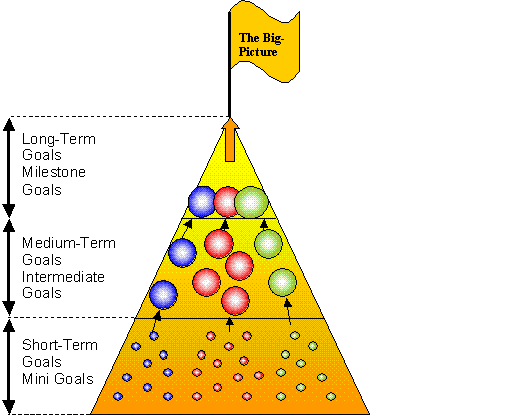Know Yourself First
A key starting point for all goal planning is to know yourself. In fact, one of the very first things your Goals Coach / Success Advisor will do is to help you identify whayour profile. Here are some key considerations for getting the self-knowledge that can help determine the optimal investment strategy for you.
About Life Coaching
Life Coaching is a partnership in which the Coach empowers the Client to consider what the client does want in their life, move past their barriers, and create their own plan. Life Coaches serve the client by exploring possibilities, providing perspective, creating accountability, and enhancing follow-through.
Earning your coaching certification to be a life coach in this training program provides you with coaching competency development plus tools and a process to use with clients for personal goal setting.
Create new possibilities as a Certified Professional Coach - apply now.
Types of Life Coaching:
|
Legacy |
Wellness |
ADD |
People benefit from certification:
98.5% of coaching clients said their investment in a coach was well worth the money. ICF
"Who, exactly seeks out a coach?... Winners who want even more out of life." from the Chicago Tribune
Financial Goal
You're more likely to achieve a goal if you define it. If you can say you want to have a specific sum in five years' time, you can invest more effectively. Having a goal focuses your choices and decision-making.
Investment Time Horizon
Knowing your "investment time horizon," or when you need a return from your investments is key to determining which type of investments best match your financial goals. Some investments may be too volatile for brief periods; other types may not offer adequate long-term growth.
Risk Tolerance
Everyone is sensitive to risk: some fear losses; others fear missing the maximum gain. However you respond to risk, you should be aware of your tolerance to it as it does influence which investments you choose.
Investment Knowledge
You may have limited knowledge about investing or you may be quite sophisticated. Towards defining your strategy, ask if you really understand what you're investing in, or if you have knowledge gaps that would benefit from an Investment Advisor.
Financial Situation
Your personal finances may be robust or strapped. You may owe money
or be owed money, receiving a regular income or just faced with special
expenses. Where you are in your personal financial cycle is critical to
forming an effective investment strategy. The importance of having financial goals and investment objectives cannot be understated as having a lack of clearly defined financial goals is one of the main reasons attributed to a lack of success in this area.
Other Considerations
For some people, goal setting must be consistent with deeply held values. Whether you seek self-improvementinvest primarily for the returns you're seeking or according to explicitly defined principles, it will affect where you place your money.
Part of the reason why goal setting fails is that people don’t understand the different types of goals and how to treat them. Goals may involve:
- Developing a new skill or improving current skills.
- Beating old habits, or developing better ones.
- Producing an outcome, achieving a dream.
The way each of these types of goals are treated is different – some are short term, others are medium to long term, some have a clear direction to achieve them, others may have a more torturous path, and some are naturally easier than others to achieve.
Goals can also be:
- Big-picture goals – your end destination as defined by the ‘Big-Picture' Statements for your various life aspects. These goals are typically not achievable in one simple step – there is a journey to be taken to get there.
- Milestone Goals – these are the series of goals that will take you to your destination.
- Mini Goals – milestone goals may need to be broken down into bite-size chunks to make them more manageable.
This is shown diagrammatically as follows, where you can see that your ‘Big-Picture’ is achieved through a few long-term milestone goals, which are achieved through several medium-term goals, which are achieved through many short-term mini goals.
 Types of Goals
Types of Goals
Like climbing a mountain, you need to start at the bottom with the mini-goals before you can get to the top. This is just recognizing that it takes time and effort to achieve your goals, but achieving the mini-goals along the way keeps you inspired to continue – they’re like stepping stones down the river of life or the traffic lights along your road to success! You need all types of goals.
Too many Big-Picture goals can be daunting and it is difficult to measure progress against. Too many mini-goals can make you lose sight of the big picture, but they keep you heading towards your big picture if done right.
So you need the right mixture of each, and this will depend on your specific goal.
As an example, you’re Big Picture might include to become fit and healthy. A milestone goal might therefore be to lose 10kg or to jog 5km in under 30 minutes.
Mini-goals might then be along the lines of “lose 2kg” or “walk 5km without stopping” – these goals are steps in the right direction towards both the milestone goals and ultimate big-picture.
Once the mini-goals have been achieved you’ll get a great sense of satisfaction as you have leaped onto the first stepping stone towards your big-picture, so use this motivation to set the next set of mini-goals to put into action!
Of course, all types of goals must be personal.